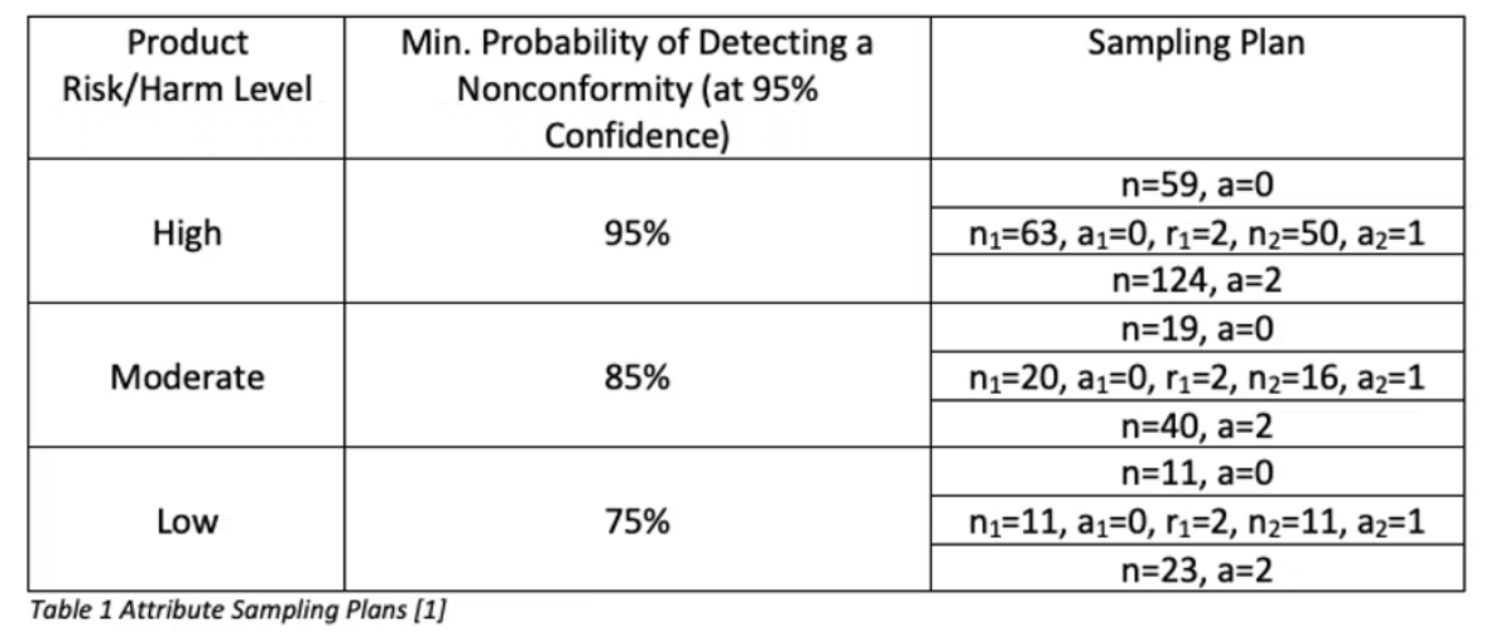Attribute Agreement Analysis (Go/No Go Gage or Pass/Fail Test Systems)

Simon Föger
In this blog post we discuss the validation approach of a Pass/Fail Test System aka Attribute Agreement Analysis or Go/No Go Gage.
An Attribute Agreement Analysis is based on attribute test data – data we cannot use to calculate parameters like averages, standard deviations are anything else.
A Pass/Fail Test System can make two types of errors: either passing a nonconforming part or failing a conforming part.
However, this is true for just about any test method, whether variable or attribute, destructive or non-destructive.
Why is False Acceptance More Important Than False Rejection?
The introduction briefly framed the two types of errors a Pass/Fail Test System can make.
Passing a nonconforming part which is considered a false acceptance, or failing a conforming part which is considered a false rejection.
While false rejection is strictly a business concern, false acceptance means products on the market do not meet specifications.
Hence, the false acceptance must be acceptably low [1].
Selecting the Sampling Plan for an Attribute Agreement Analysis (Go/No-Go Gage)
So, when false acceptance is the key, we need to define the sampling plan based on the probability of detecting precisely that.
The table below provides different sampling plans (single and double) based on the product risk/harm.

Study Design of an Attribute Agreement Analysis
The sampling plans provided in Table 1 are to be interpreted as follows:
- Perform 124 inspections of nonconforming units
- Accept if 2 or fewer nonconforming units are missed
124 nonconforming units do not mean one has to have 124 defective products but instead 124 readings.
This can be achieved by having 5 operators inspecting 10 nonconforming products 2 to 3 times each.
The idea is to have the nonconforming products among a larger number of conforming products.
For the study design, one must decide on the following numbers:
- Nonconforming units to use
- Conforming units to use
- Inspectors
- Repetitions
NOTE: The nonconformities can either be selected from production units or may need to be made. The nonconformities should include borderline samples that are expected to be detected [1].
How to Execute an Attribute Agreement Analysis?
Now that we decided on the study numbers and selected/prepared the samples to be inspected, we can execute the study.
Assuming we use a single sampling plan, the acceptance criteria is characterized by two parameters:
- n = sample size
- a = accept number
Inspect n defective units and count the number of missed defective units.
If the number of missed defective units is less or equal to the acceptance number a, you have passed the test – otherwise, you have not.
What is Double Sampling?
Double sampling is used to give a questionable batch another chance.
Double sampling is more complex than single sampling.
It is characterized by 5 parameters as opposed to two for single sampling.
An advantage of double sampling is the reduced average number of units to be tested which comes in handy for expensive, destructive testing [1].
Further helpful links and resources:
SIFo Medical YouTube: Short, valuable videos on Quality Management
Free Resources: Get free access to checklists & templates
TMV Guide: Your practical guide to perform test method validation (incl. templates & videos)
Do you need support in performing an Attribute Agreement Analysis in your company? Contact us today at office@sifo-medical.com, and we'll gladly provide hands-on support with your projects.
References
[1] W. Taylor, Statistical Procedures for the Medical Device Industry. Libertyville, IL, USA: Taylor Enterprises, Inc., 2017. [Online]. Available: https://www.variation.com

